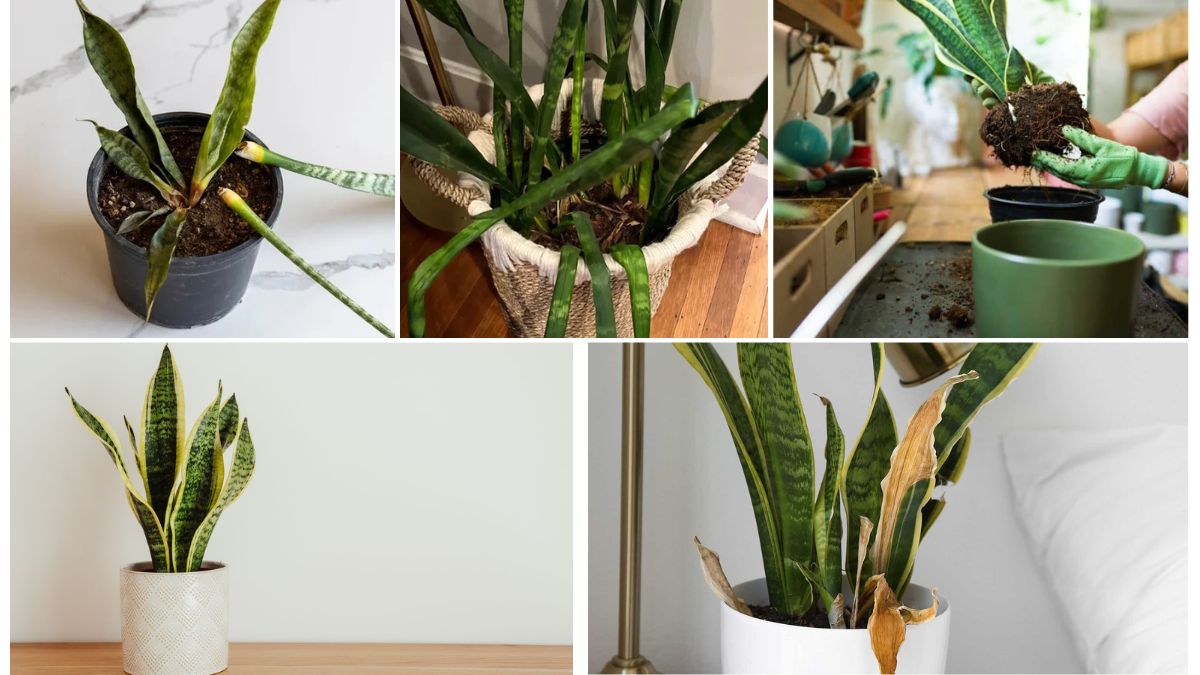Snake plants (Sansevieria), often called mother-in-law’s tongue, are known for their toughness and ability to thrive in neglect. But even the hardiest houseplants can start to die if exposed to the wrong conditions. If your snake plant is drooping, browning, or appears lifeless, don’t give up—most issues can be reversed with timely action. In this article, we’ll guide you through how to revive a dying snake plant, covering everything from identifying symptoms to restoring your plant back to health.
Understanding the Problem: Is Your Snake Plant Really Dying?

Before jumping into remedies, it’s crucial to assess the symptoms correctly. A snake plant can show signs of stress without being close to death. Common indicators of a dying plant include:
- Yellowing leaves
- Mushy, black roots (root rot)
- Dry, crisp tips on leaves
- Leaves falling over or drooping
- Foul odor from soil
These signs point toward specific problems like overwatering, underwatering, pest infestations, or poor lighting.
Common Causes of a Dying Snake Plant
1. Overwatering
Snake plants are succulents and store water in their thick leaves. Watering too frequently causes root rot, a common killer of snake plants.
Signs: Mushy stems, yellow or translucent leaves, and soggy soil.
Solution:
- Remove the plant from its pot and inspect the roots.
- Cut off any black or mushy roots using sterilized scissors.
- Allow the roots to dry for 24 hours.
- Repot in a cactus or succulent mix with good drainage.
2. Underwatering
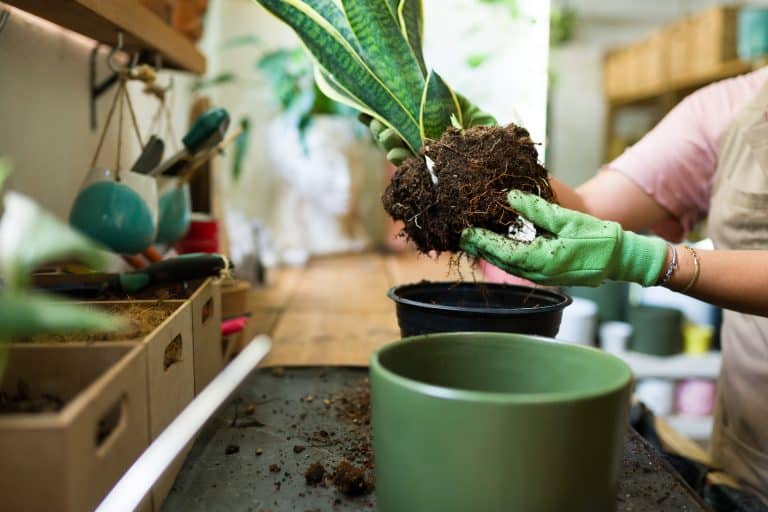
While drought-tolerant, snake plants can suffer from neglect.
Signs: Wrinkled, curling, or dry leaves with crispy tips.
Solution:
- Water thoroughly and allow excess to drain.
- Establish a schedule based on your climate (generally every 2–3 weeks).
- Ensure you’re not underestimating dry indoor air needs.
3. Poor Light Conditions
Snake plants prefer bright, indirect light but can survive in low light. However, prolonged darkness or harsh direct sun can stress them.
Signs of low light: Pale, leggy growth.
Signs of too much sun: Brown, scorched patches on leaves.
Solution:
- Place in a spot with bright, indirect sunlight.
- Rotate the pot occasionally for even growth.
4. Pest Infestation
Snake plants can occasionally suffer from pests like mealybugs, spider mites, or fungus gnats.
Signs: Sticky residue, fine webs, visible bugs, or brown spots.
Solution:
- Wipe leaves with neem oil or insecticidal soap.
- Remove visible pests manually.
- Keep your plant isolated from others during treatment.
5. Poor Soil and Drainage
If the potting mix holds too much moisture, roots will suffocate and rot.
Solution:
- Use a well-draining mix with sand, perlite, or pumice.
- Ensure the pot has drainage holes.
- Avoid using regular garden soil indoors.
Step-by-Step Guide to Revive Your Snake Plant
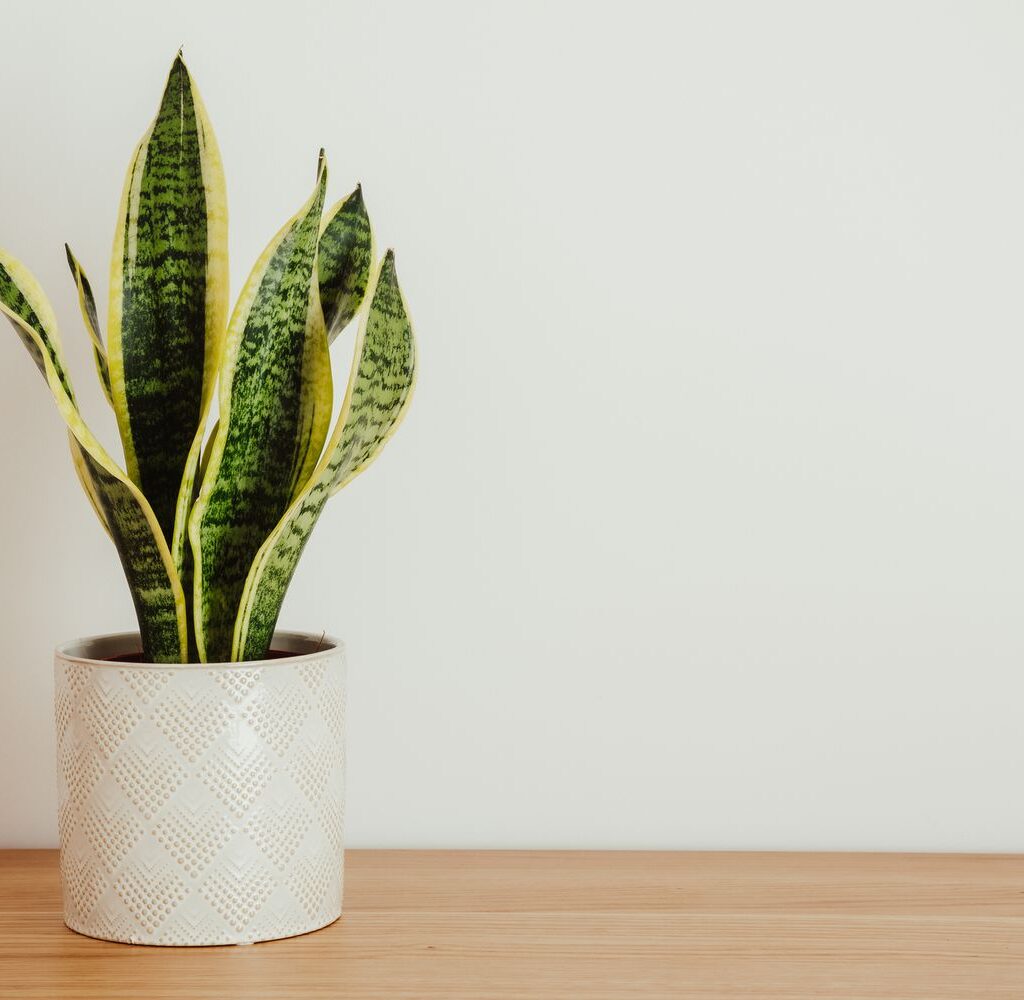
Step 1: Diagnosis
Carefully examine leaves, roots, and soil. Smell for rot, look for discoloration, or pests. Identify what’s wrong—watering, light, soil, pests, or container issues.
Step 2: Remove Damaged Parts
Use sterilized scissors to cut away all mushy, brown, or yellow leaves. This redirects energy to healthier parts.
Tip: Cut leaf sections at an angle to reduce infection risk.
Step 3: Check and Treat the Roots
If the roots are dark and mushy, root rot has set in.
- Cut off infected roots.
- Let healthy roots dry.
- Spray with diluted hydrogen peroxide if needed.
Step 4: Repot Correctly
Use a clean pot and well-draining soil. Avoid reusing old, infected soil.
- Place a layer of small rocks or pebbles at the bottom.
- Gently position the plant and fill in the mix.
- Do not water immediately; wait 1–2 days for roots to adjust.
Step 5: Adjust Watering Habits
After reviving, adopt better watering habits:
- Water when the top 2–3 inches of soil is dry.
- Reduce frequency in winter.
- Always ensure drainage.
Step 6: Optimize Lighting
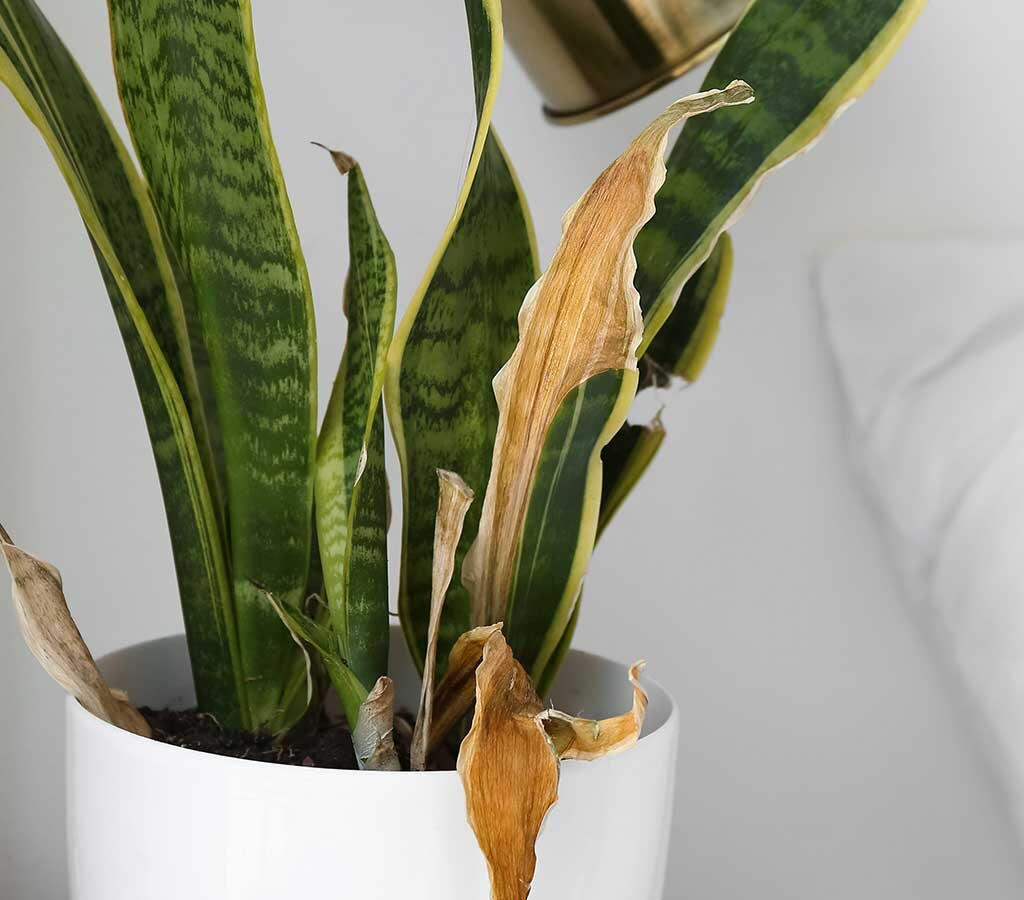
Place your snake plant in a location with indirect light. East or west-facing windows are ideal. If using grow lights, make sure they mimic daylight hours.
Step 7: Monitor Regularly
Keep a close eye on the plant after reviving. New leaf growth is a sign of recovery. Remove pests, adjust care as needed, and keep it stress-free.
Preventive Tips for Long-Term Health
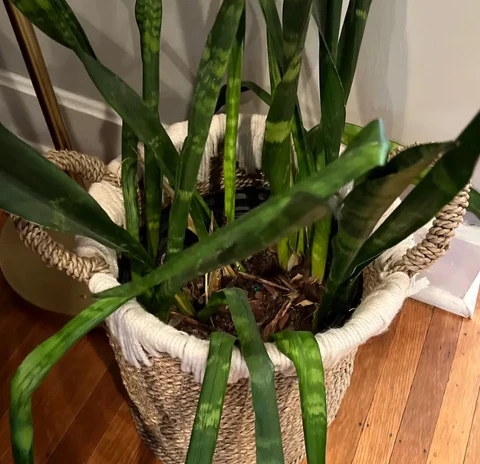
- Dust the leaves regularly to help with photosynthesis.
- Fertilize lightly once a month during the growing season using a diluted succulent fertilizer.
- Rotate the plant every few weeks for even exposure.
- Avoid cold drafts and temperatures below 10°C (50°F).
- Quarantine new plants to avoid pest transfer.
What to Do if Revival Fails?
If your snake plant doesn’t recover, try propagation from healthy leaf cuttings.
How to propagate:
- Cut a healthy leaf into 3–4 inch sections.
- Let the cuttings callous over for 1–2 days.
- Plant in succulent mix or place in water until roots form.
- Transplant to soil once roots are 1–2 inches long.
Propagation allows you to save part of the plant and start fresh.
Conclusion
A dying snake plant doesn’t mean the end of the road. By understanding the symptoms and causes, you can nurse it back to health with the right care. From correcting watering routines to improving soil, light, and pest control—your efforts will pay off. And if all else fails, propagation ensures that your green friend lives on. With a little time, patience, and attention, your snake plant can thrive again and become a beautiful, air-purifying centerpiece of your indoor space.
